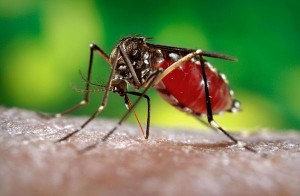De acuerdo al último reporte de la Dirección General de Epidemiología de la Secretaría de Salud, la zona más afectada por la enfermedad del Chikungunya es el estado de Guerrero, pues el último reporte epidemiológico señala que 52% de los enfermos viven en ese estado. Le sigue Chiapas, con 26% de los contagios, y Oaxaca, con 21% de los casos confirmados desde el 1 de enero del presente año. Coahuila y Colima tiene un enfermo cada uno.
Fue en 2004 cuando se registraron los primeros brotes en Asia, mientras que en 2013 llegó a América. En el caso de México, el primer caso se detectó en noviembre de 2014 en una niña que vive en Chiapas; esa misma semana se confirmaron otros 13 casos.
Durante los últimos dos meses de 2014 la enfermedad casi quedó contenida en Chiapas, hasta que en la semana 51 surgieron los primeros casos en Sinaloa y Sonora, y en la semana 52 se confirmó la presencia del virus en Guerrero y Oaxaca.
La fiebre Chikungunya es una enfermedad viral transmitida a los humanos por la picadura de los mosquitos del tipo Aedes Aegypti y Aedes Albopictus, los mismos que contagian el dengue. Su sintomatología aparece entre cuatro y ocho días después de la picadura. Genera temperaturas de 39 grados, dolor en articulaciones, náuseas, cansancio y erupciones cutáneas.

